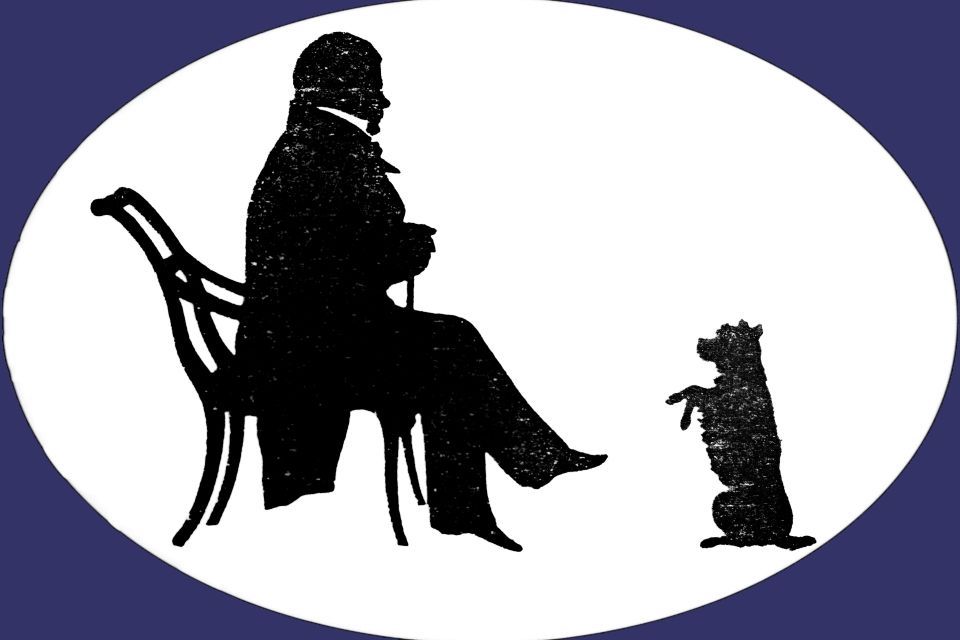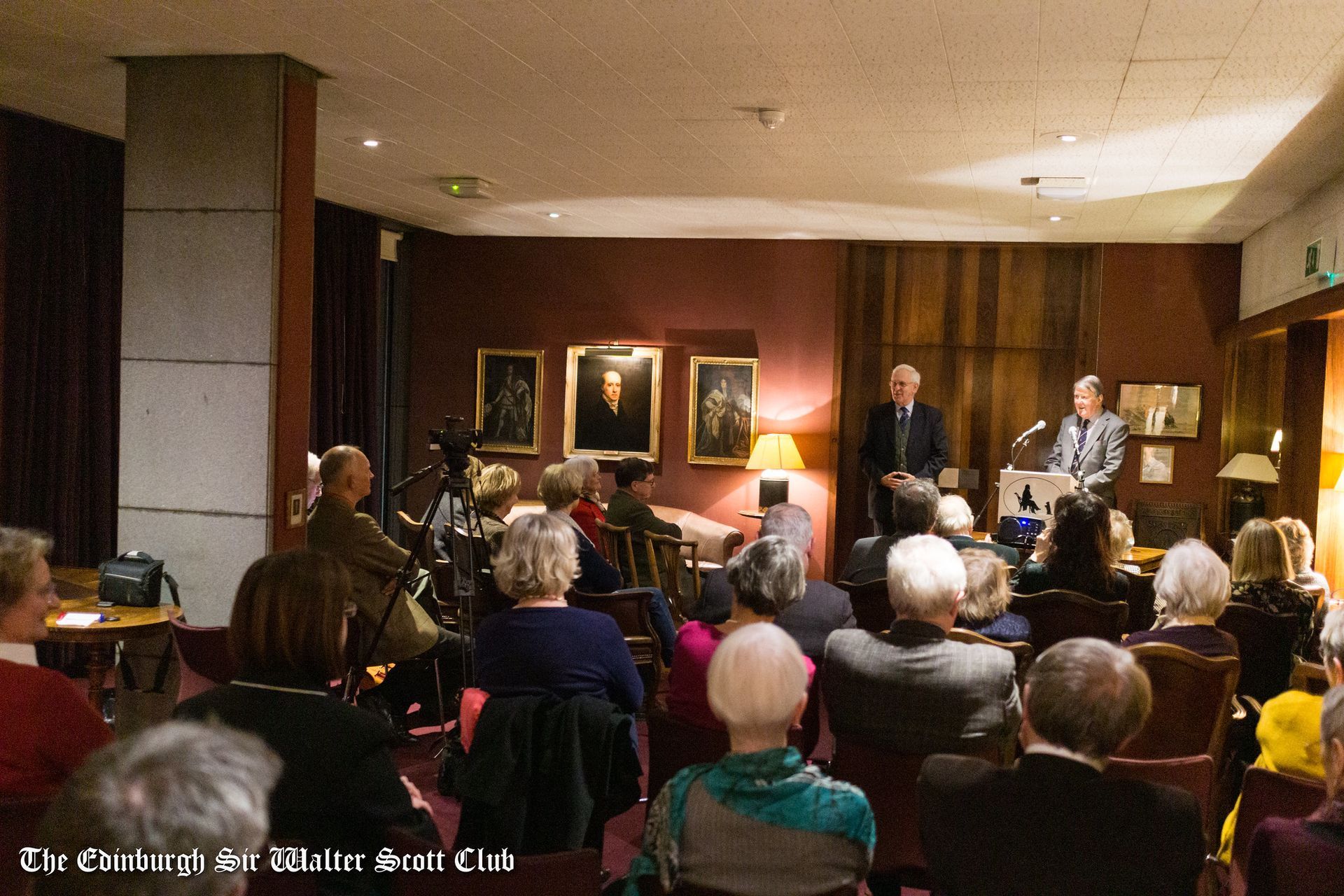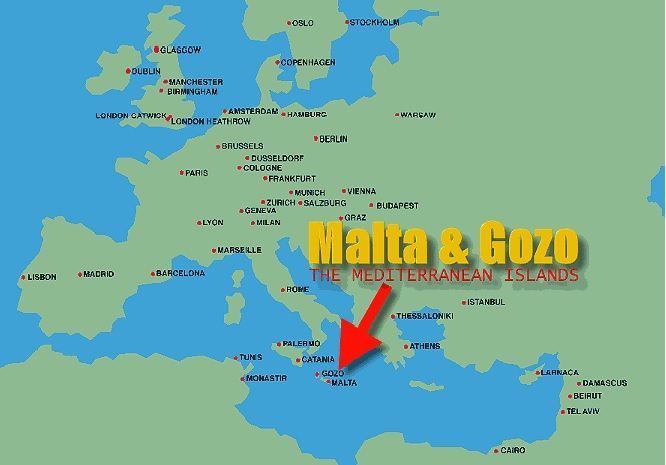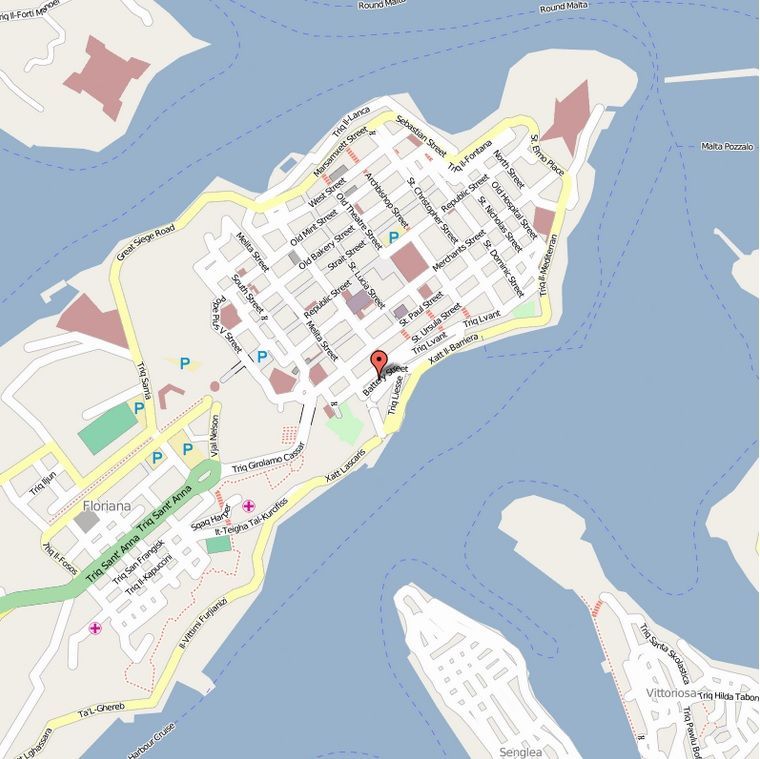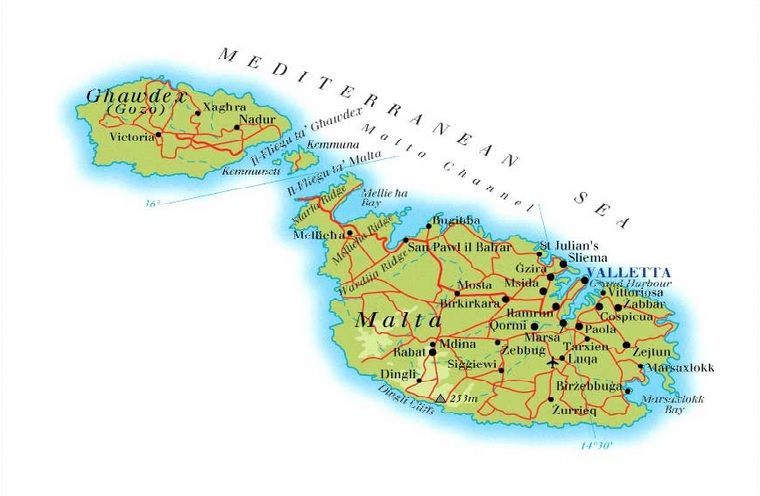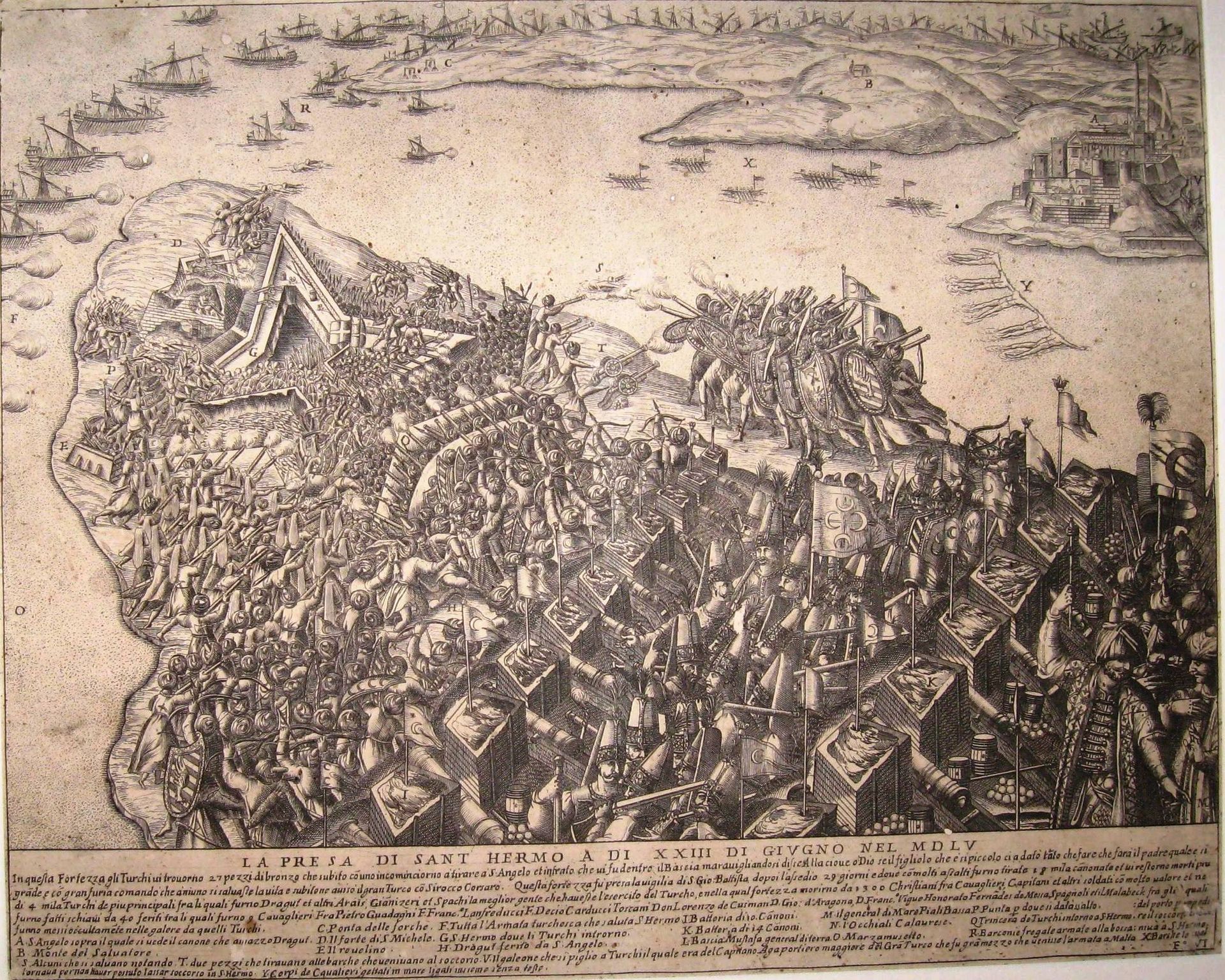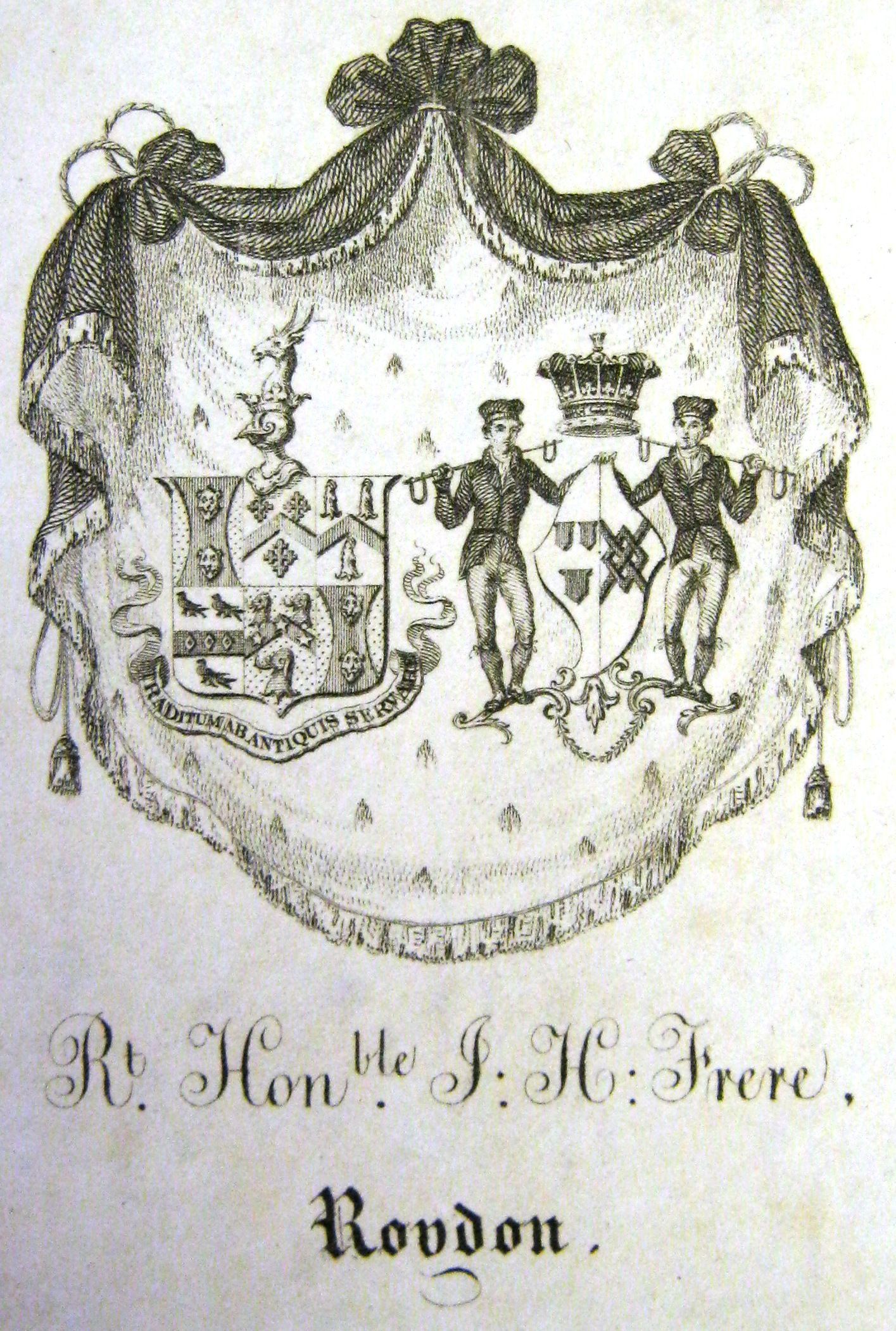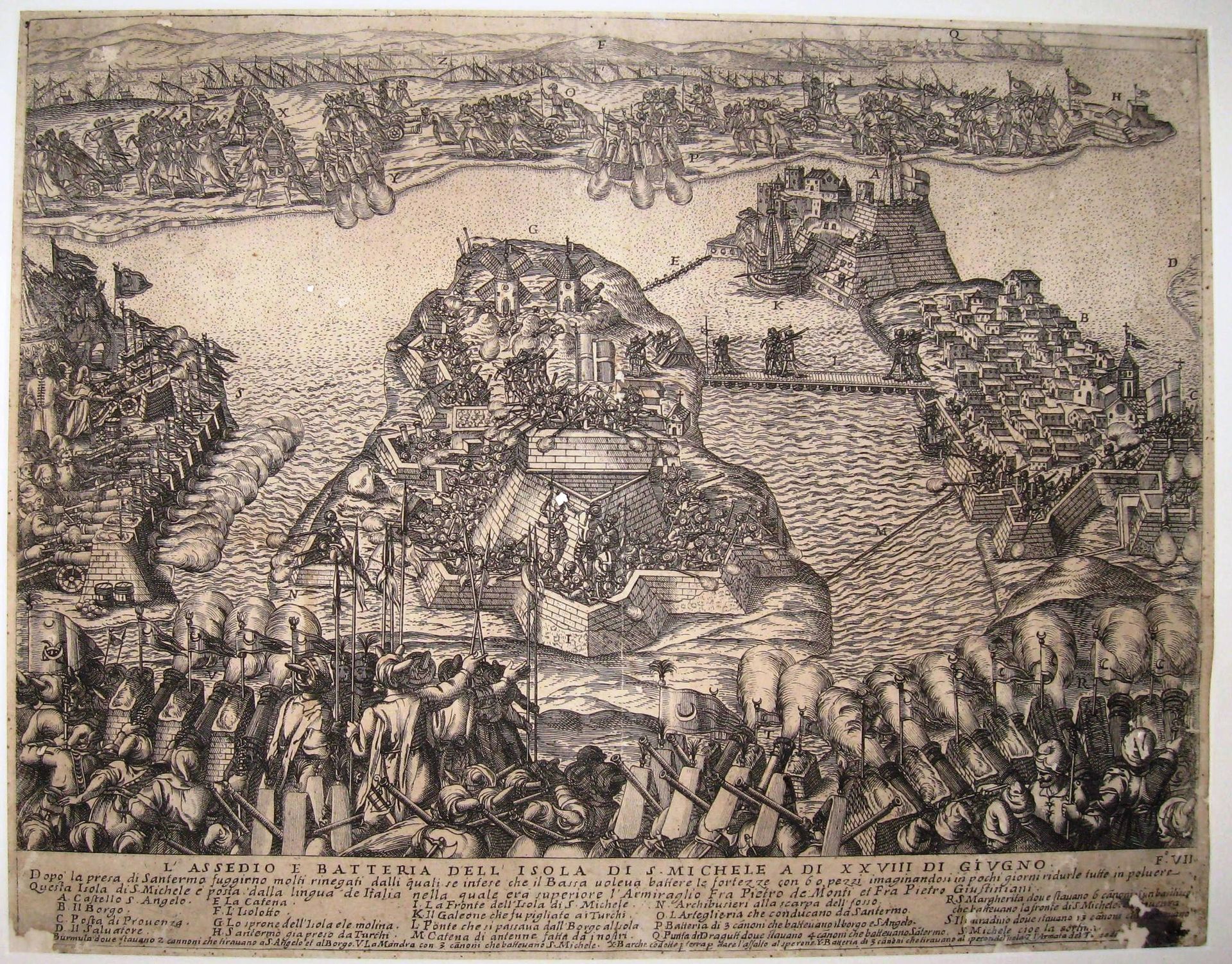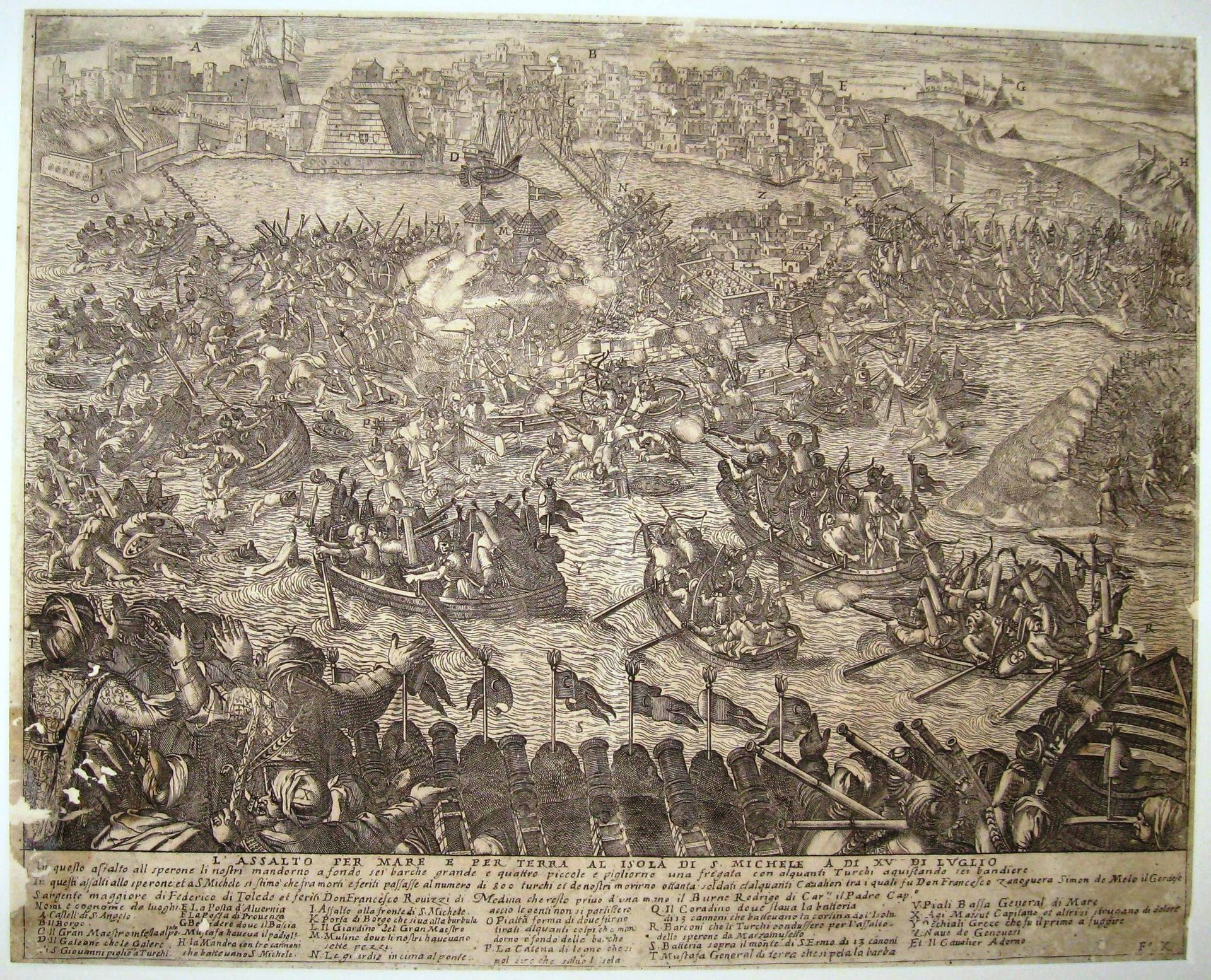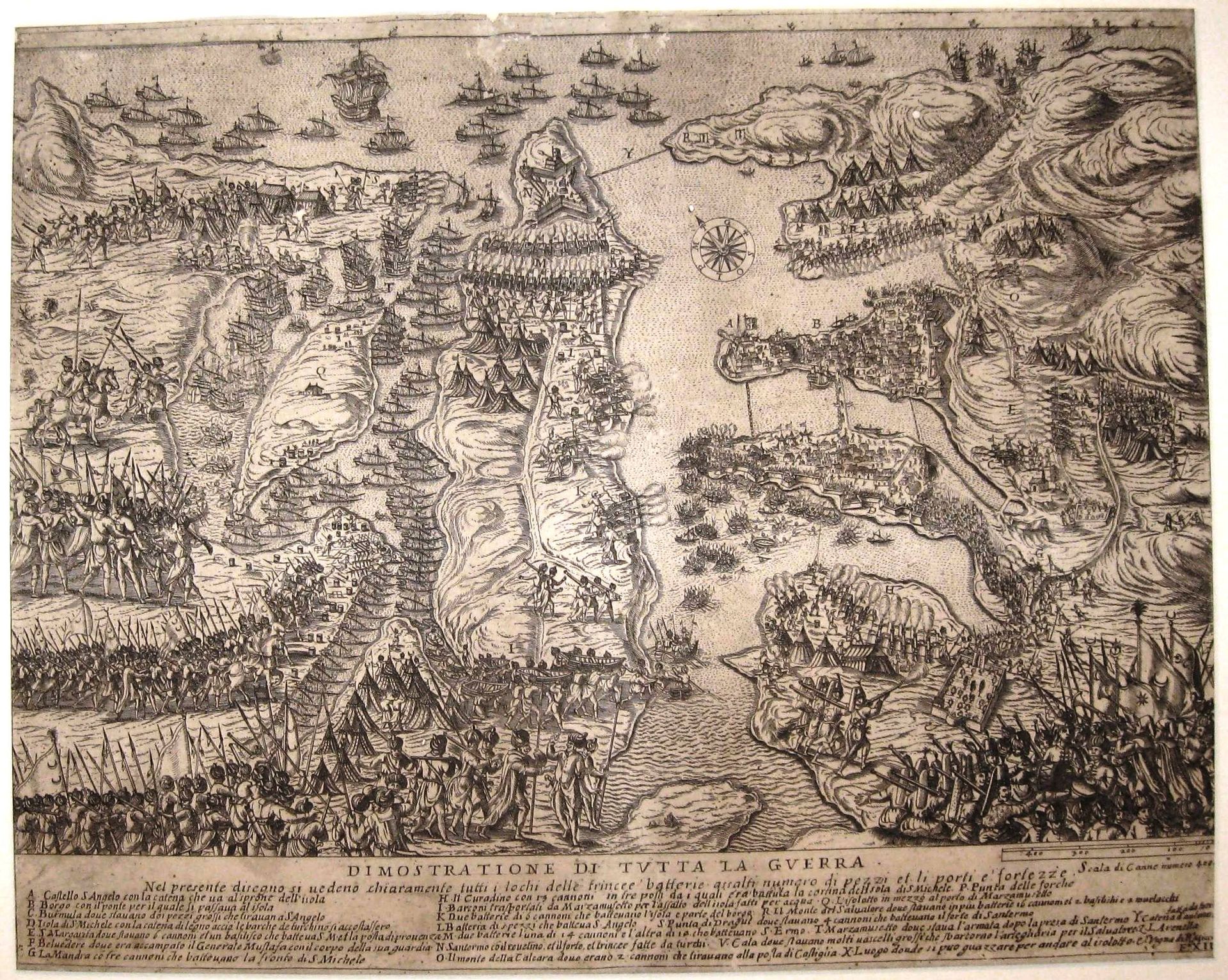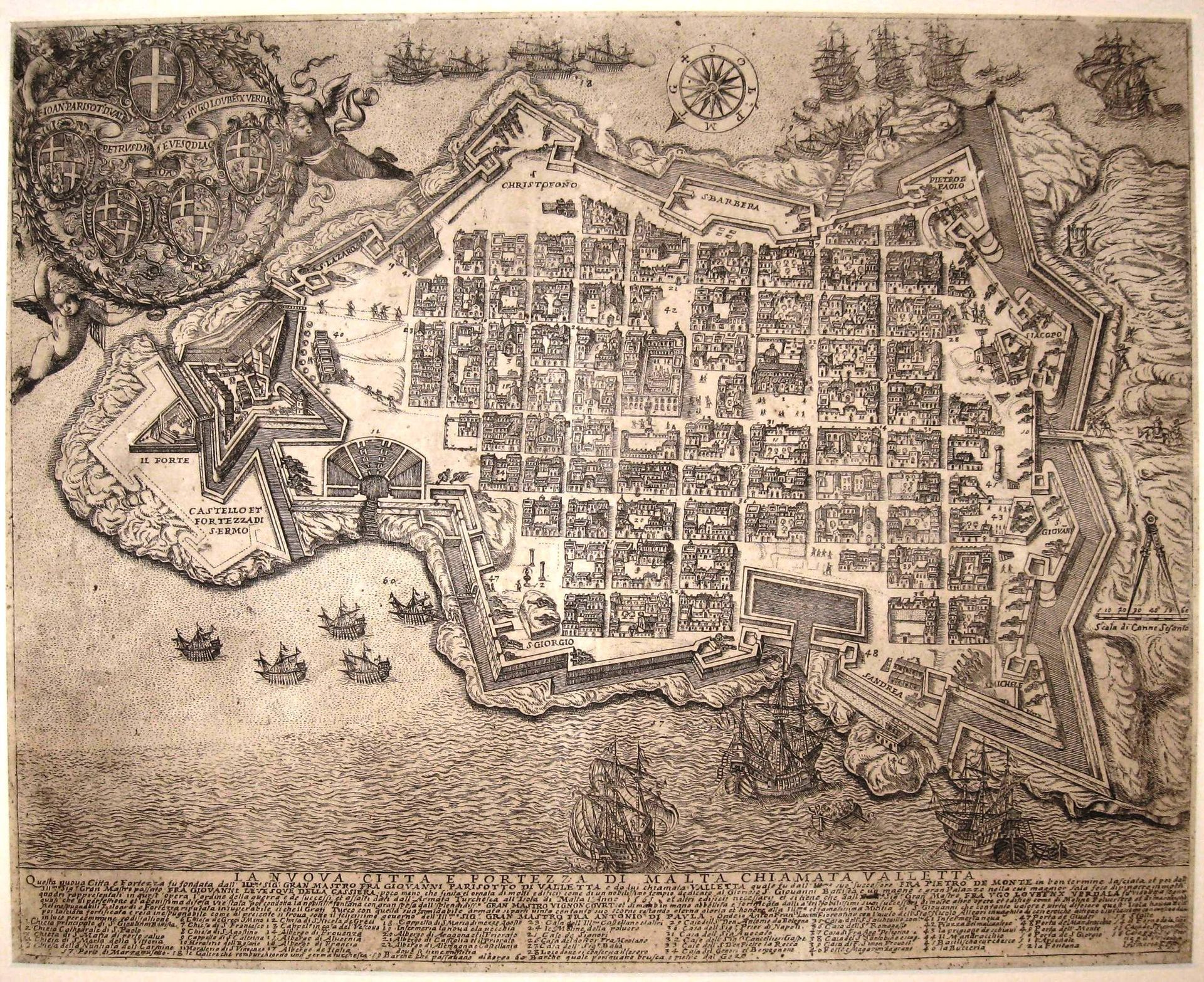Scott and Malta: A Mediterranean Adventure
Thursday 11th April 2013
Summary of the Talk:
Lt Cdr Dairmid Gunn’s talk explores Sir Walter Scott’s final journey to the Mediterranean, focusing on his time in Malta in late 1831. The talk examines Scott’s declining health, his motivations for the voyage, his encounters in Malta, and the inspiration he found there for his unfinished novel The Siege of Malta. The lecture also reflects on Scott’s long-standing fascination with the island’s history, particularly the Knights of St John and the Great Siege of 1565.
1. Context: Scott’s Declining Years and Motivation for Travel
- By 1830, Scott had suffered two strokes and was in failing health.
- He was financially ruined after the 1826 stock market crash, refusing to declare bankruptcy and instead working tirelessly to repay his debts.
- Despite his condition, he continued to write, producing Woodstock, The Fair Maid of Perth, Anne of Geierstein, Count Robert of Paris, Castle Dangerous, and Tales of a Grandfather.
- Encouraged by his family and publisher Robert Cadell, Scott embarked on a voyage to the Mediterranean in hopes that the warmer climate would aid his recovery.
2. The Journey to Malta
- Scott’s original plan was to travel overland through Europe, meeting Goethe in Germany along the way, but concerns over his health led to an alternative sea route.
- Through political connections, Scott secured passage aboard HMS Barham, a Royal Navy frigate.
- He was accompanied by his son Walter and daughter Anne.
- The ship’s crew and officers treated Scott with great respect, recognizing his literary status.
- The voyage included stops along the Spanish and North African coasts, where Scott observed historical sites linked to Moorish and European conflicts.
- He was particularly fascinated by Gibraltar, Algiers, and the newly formed volcanic island, Graham Island (which later sank back into the sea).
3. Scott’s Arrival in Malta
- The Barham arrived in Malta on 21st November 1831, but Scott and his party were placed in quarantine due to the ongoing cholera epidemic.
- They were housed at Fort Manoel, where Scott’s imagination was sparked by the island’s rich history.
- He met key figures in the British administration, including the Acting Governor, military officers, and his old friend John Hookham Frere, a scholar and diplomat who had settled in Malta.
- Scott was deeply impressed by Grand Harbour, the city of Valletta, and St John’s Co-Cathedral, where he admired the tomb of Jean Parisot de Valette, the hero of the Great Siege of 1565.
4. The Influence of Malta on Scott’s Writing
- Scott had long been fascinated by Vertot’s The Knights of Malta, which he had read as a child.
- He intended to write a historical novel, The Siege of Malta, focusing on the 1565 battle between the Knights of St John and the Ottoman Empire.
- Inspired by his surroundings, he developed characters such as the Spanish knight Don Manuel de Vilheyna and his nephew, Francisco.
- The novel also depicted real historical figures, including La Vallette, Mustapha Pasha, and Dragut.
- Scott’s description of the siege borrowed heavily from Vertot but added dramatic embellishments, such as the gruesome exchange of mutilated bodies and severed heads between the opposing forces.
5. Challenges and Scott’s Departure from Malta
- Scott’s health continued to decline, and Anne worried about his ability to cope with social demands.
- He attended several events, including a military ball in his honour, but struggled physically.
- He spent much of his time in Frere’s company, discussing history and literature.
- Due to Walter’s military obligations and the Barham’s operational needs, Scott had to leave Malta on 13th December 1831, much sooner than planned.
- His medical advisors were concerned that the brief stay had not provided enough time for recovery.
6. Scott’s Final Months and The Siege of Malta
- After leaving Malta, Scott traveled to Naples and then to Rome, but his health worsened.
- He returned to Britain in 1832, where he died later that year.
- The Siege of Malta remained unfinished and was later criticized as one of his weakest works, largely because he had rushed the ending and abandoned key fictional characters.
- Despite its flaws, the novel reflects Scott’s lifelong fascination with chivalry, religious warfare, and historical grand narratives.
Key Takeaways:
- Scott’s journey to Malta was both a literary and personal adventure, undertaken despite his failing health.
- Malta’s history deeply influenced him, particularly the story of the Knights of St John.
- His final novel, The Siege of Malta, was inspired by his visit, but his illness prevented it from being fully realized.
- The visit symbolized the end of his remarkable career, as he left behind a legacy of historical fiction that shaped perceptions of European and Scottish history.
Download the [transcript]
